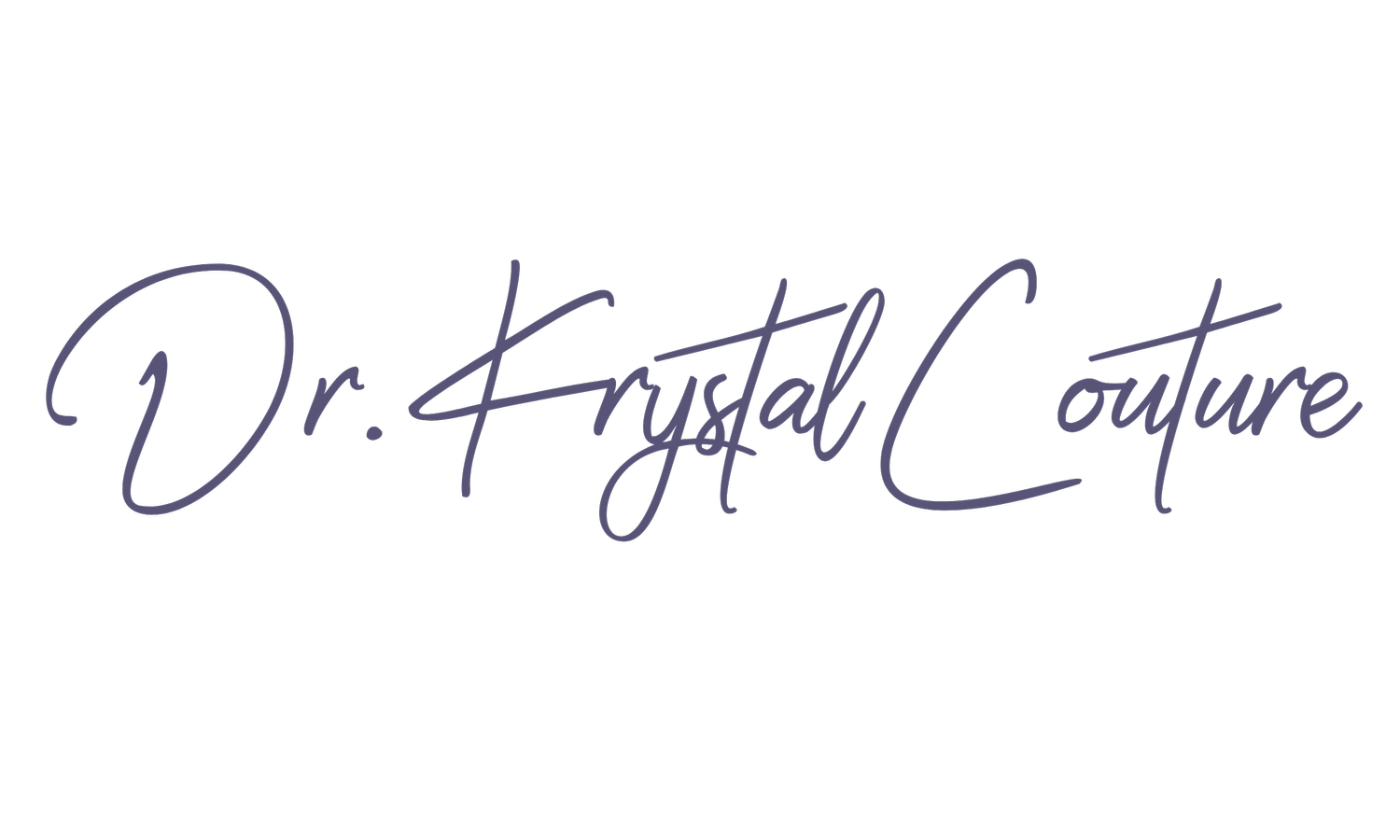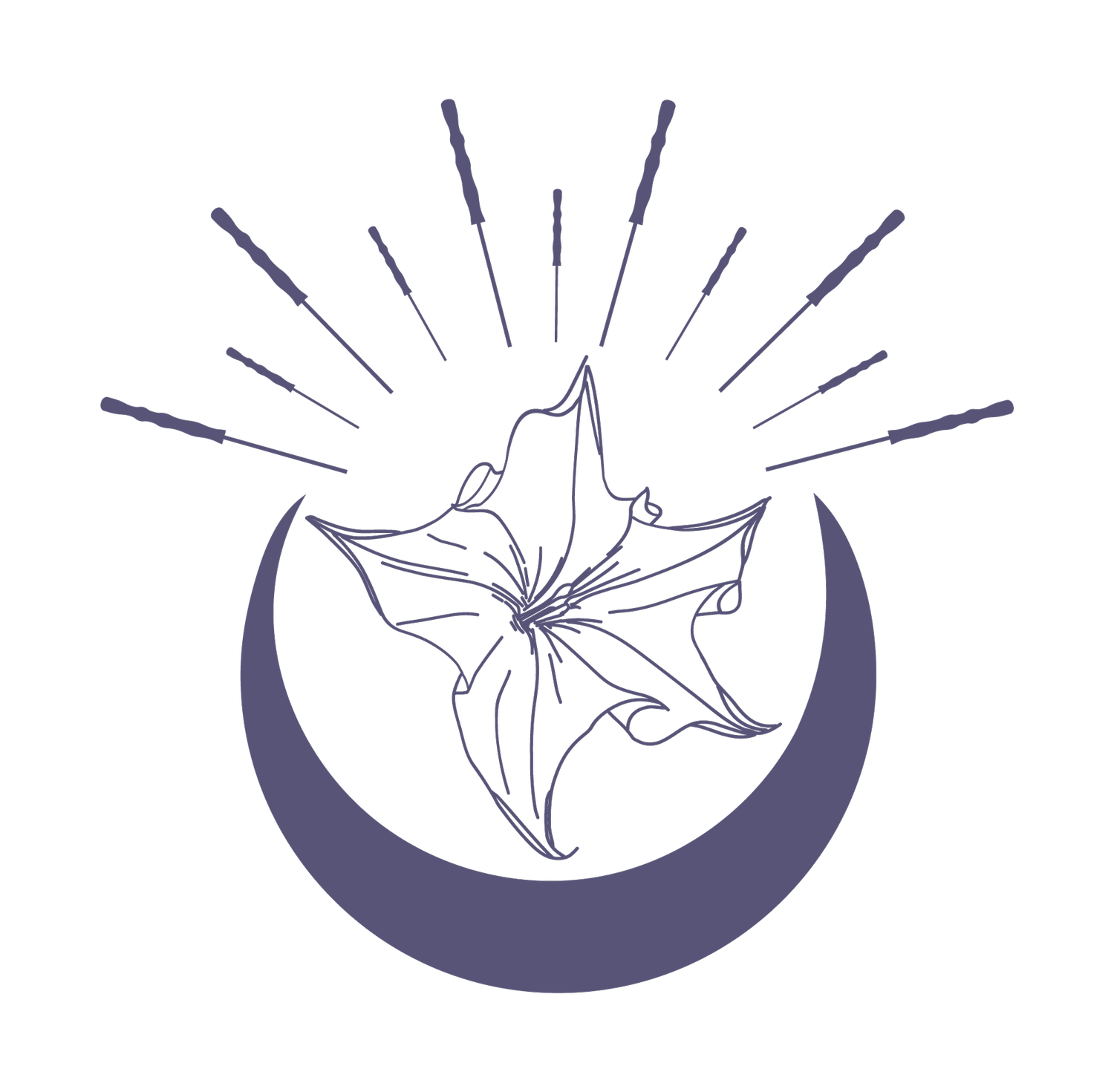Urinary Pathologies-Defined!
Urinary pathologies affect a large percentage of the population (all genders). And they have a significant impact on quality of life, according to multiple research studies. But, urinary pathology can be hard to talk about. It can feel shameful, embarrassing, guilt provoking and depressing. In addition, with routine medical visits averaging a total of 15 minutes, we can feel rushed and like we have to prioritize our concerns. And, we’re not feeling seen or heard as a client or human being.
I wanted to write this blog to help clients and holistic practitioners understand the differences between some common urinary pathologies and become aware of lifestyle risk factors than can be modified and some available interventions.
Incontinence
Incontinence is the Involuntary leakage of urine or loss of bladder control.
Affects women > men
30-40% of perimenopausal women
50% of women 70+ years old
Urinary incontinence leads to a decreased quality of life
Risk factors include: age, obesity, parity, vaginal delivery, high-impact exercises, menopause, intestinal constipation, gynecological surgeries, chronic diseases, drug use, caffeine consumption, smoking
Interventions include: pharmacology, botox, nerve stimulation, behavioral modification, pelvic floor therapy, biofeedback, acupuncture
Frequency
Urinary frequency is defined as urinating every 2 hours or less as urination regularly occurs every 3-4 hours.
Affects women > men
27% of community dwelling women experienced frequency that was 'bothersome'
Urinary frequency leads to a decreased quality of life
Risk factors include: age, use of diuretics, diabetes, prolapse, IC, kidney disease, pregnancy, prostatitis, chronic UTI, anxiety, infection, injury to the bladder, some CA tx
Interventions include: bladder training, pelvic floor therapy, biofeedback, acupuncture, nerve stimulation, pharmacology
Retention
Bladder retention occurs when the bladder does not fully empty upon urination.
It can be acute or chronic
Symptoms include: difficulty beginning flow, weak stream, urges without production, leakage, sudden inablity to urinate
Risk factors include: blockage like a prolapse or scar tissue or a tumor, medications like antihistamines and antidepressants, stroke, diabetes, MS, injury to the pelvis or spine, prostatitis, UTI, STI, surgeries: hip, spine, pelvis, hemorrhoids, reproductive surgeries
Interventions include: bladder training, pelvic floor therapy, biofeedback, acupuncture, urethral dilation, pharmacology
Dysuria
Dysuria is also known as painful urination syndrome. It is marked by pain of any type upon urination.
Painful urination is most common in women
Symptoms include: pain with passage of urine including suprapubic pain, frequency associated with pain, tenesmus (feeling the need to empty but already empty), urinary retention
Risk factors include: UTI, STI, IC, Urethral syndrome, vaginitis, neoplasms, Reiter's Disease, menopause, prostatitis, foreign body in UT, acidic urine, prolapse, IC
Interventions include: antibiotics, increase water intake, pelvic floor therapy, acupuncture
Hematuria
Hematuria is the presence of blood or blood clots in the urine.
Sometimes blood in the urine can be seen, but in some cases it is only detectable by urinalysis. This is called occult blood.
Symptoms include blood in the urine or a urinalysis indicative of such. Sometimes hematuria is accompanied by pain.
Risk factors include: local infections (prostatitis, cystitis, urethritis), urinary calculi (particles in the urine), enlarged prostate, trauma, tumors or renal infarction.
Interventions: pharmaceuticals to treat infection, prostate, kidneys or tumors. Sound waves are used to break calculi. (lithotripsy)
Cloudy Urine
Cloudy urine is seen when there is an infection in any part of the urinary system. The urinary system includes the kidneys, ureters, bladder and urethra
Urine is a byproduct of the blood filtering system via the kidneys. It is an uncontaminated system, until bacteria enters which can travel.
UTIs are very common, especially among those assigned female at birth (AFAB).
HCPs treat 8-10 million UTI's annually.
Symptoms include pressure & pain in the pelvis, flank or abdomen, cloudy/foul smelling urine, incontinence, frequency, dysuria, hematuria, pain or burning on urination.
Risk factors include: AFAB - due to the urethra being shorter and closer to the anus which is where E. Coli is present. (E. Coli accounts for 90% of UTI's.
Treatment primarily includes antibiotics, but acupuncture can also help!!!.
MOST UTI's ARE PREVENTABLE WITH GOOD CLIENT EDUCATION!!!!
Wipe front to back after urination
Wash hands, genitals and anus before sexual activity
In the case of anal sexual activity, wash before moving to any body part.
Wash after sex
Stay hydrated
Interstitial Cystitis
Interstitial cystitis (IC) is a chronic inflammatory condition of the urinary bladder that causes frequent, urgent, and painful urination often with pelvic discomfort.
It is most commonly diagnosed in women AFAB) over the age of 30, however it is a pathology found in men (AMAB).
Risk factors for IC include: genetic disorders, autoimmune conditions, allergies, fibromyalgia, IBS, painful genitals (vulvodynia), endometriosis, recurrent infections, and pelvic floor dysfunction.
Treatment includes: OTC meds for pain, TENS, pharmaceuticals to reduce urgency and frequency, bladder instillations via catheter to numb bladder, steroids or antibiotics, acupuncture.
Neurogenic Bladder
Neurogenic bladder is the name given to a number of urinary conditions in people who lack bladder control due to a brain, spinal cord or nerve problem often related to traumatic injury, like an accident or birthing injury.
Millions of people are affected.
Often, this is a condition concomitant with disease patterns such as MS, PD, or diabetes. It also can occur with TBI, SCI, stroke, or hydrocephalus.
Treatment includes: pharmaceuticals, use of a catheter, regular antibiotics to prevent infections, implanting a cuff around the bladder, botox, TENS, acupuncture.
As an acupuncturist (and PT), I commonly see urinary pathologies in my clinic and there are plenty of other acupuncturists around the globe that do too! And what’s more, acupuncture is helping people!! Here are the results of a systemic review:
“A total of three randomized studies with 591 women were included. The risk of bias among the studies varied, with major concerns on blinding of participants and outcome assessor. Liu's study (497) mainly showed that electroacupuncture's effect on reduction of numbers of incontinence, urgency, nocturia episodes, and amount of urine leakage etc. was not inferior to that of PFMT-Solifenacin group at 12, 24, and 36 weeks. Zhan's study (60) showed that electroacupuncture reduced significantly more amount of urine leakage than Tolterodine at 8 weeks, with no data on incontinence episodes frequency. All 3 studies reported that acupuncture significantly increased the quality of life assessed by ICIQ score. In addition, incidence of acupuncture-related adverse events was rare, while antimuscarinic agents related adverse events were common in two studies.” https://www.frontiersin.org/journals/public-health/articles/10.3389/fpubh.2022.827853/full
If you’re a client, I really hope this article helps you to understand your body, gives you some ideas how to reduce your risk factors and encourages you to find a practitioner who you can trust and connect with on a deep level. You don’t have to live the remainder of your life with urinary pathology!

